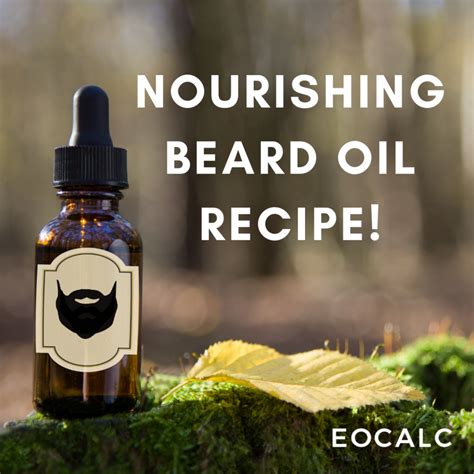Beard Oil: Finding the Right Balance
For the bearded gentleman, beard oil is more than just a grooming product; it's a crucial element in maintaining a healthy, well-groomed, and aesthetically pleasing beard. But with a vast market offering countless variations, finding the right beard oil can feel overwhelming. This guide will navigate you through the essential aspects of choosing and using beard oil, helping you achieve that perfect balance for your unique beard and skin type.
What are the Benefits of Using Beard Oil?
Beard oil offers a multitude of benefits beyond just making your beard look better. It addresses several common beard-related issues, improving both the appearance and health of your facial hair and the underlying skin.
- Softens and Conditions: Beard oil penetrates the hair shaft, moisturizing and softening coarse, wiry hairs, reducing itchiness and making it more manageable.
- Reduces Ingrown Hairs: By moisturizing the skin beneath the beard, oil helps prevent ingrown hairs, a common source of irritation and inflammation.
- Promotes Growth: While not a miracle growth serum, consistent use of beard oil can create a healthier environment for hair follicles, potentially contributing to beard growth.
- Reduces Beardruff: Similar to dandruff on the scalp, beardruff (dry, flaky skin under the beard) is effectively combated with the moisturizing properties of beard oil.
- Improves Appearance: A well-oiled beard looks fuller, healthier, and more lustrous. It enhances the overall aesthetic appeal of your facial hair.
What are the Key Ingredients to Look For in Beard Oil?
The effectiveness of beard oil hinges on its ingredients. Understanding the key components will help you make informed choices.
- Carrier Oils: These form the base of the oil and are responsible for the moisturizing and conditioning properties. Popular choices include argan oil, jojoba oil, grapeseed oil, and almond oil. Each offers unique benefits; for example, argan oil is rich in antioxidants, while jojoba oil closely mimics the skin's natural sebum.
- Essential Oils: These add fragrance and often possess therapeutic properties. Lavender, tea tree, cedarwood, and sandalwood are common choices, each with its own scent profile and potential benefits (e.g., lavender for relaxation, tea tree for its antiseptic qualities). Be mindful of potential allergies when choosing essential oils.
How Much Beard Oil Should I Use?
The amount of beard oil needed varies depending on beard length, thickness, and your individual preference. As a general guideline, start with a few drops (2-4) and rub them between your palms before applying them evenly to your beard and underlying skin. Adjust the amount as needed to achieve the desired level of moisture and softness.
How Often Should I Apply Beard Oil?
This depends on your beard's needs and the climate you live in. In drier climates or during winter, daily application might be necessary. In more humid climates, applying every other day or even less frequently may suffice. Pay attention to your beard’s feel – if it feels dry or brittle, it's time for more oil.
What if My Beard Oil Feels Too Heavy or Greasy?
If you find your beard oil too heavy or greasy, you may be using too much. Start with a smaller amount and gradually increase as needed. Also, consider the carrier oils used – some are naturally heavier than others. Experiment with different oils to find one with a lighter feel.
Can I Make My Own Beard Oil?
Yes, you can! Many resources online provide recipes for DIY beard oil. This allows for greater control over ingredients and fragrance, but requires careful attention to hygiene and accurate measurements to prevent skin irritation or spoilage.
What are the Differences Between Beard Oil and Beard Balm?
While both serve to condition the beard, they differ in their consistency and function. Beard oil is a liquid, offering primarily moisturizing benefits. Beard balm, on the other hand, is thicker and often includes beeswax or shea butter, providing hold and styling benefits in addition to moisture. Many men use both, layering oil for moisture and balm for styling.
By understanding the benefits, key ingredients, and application techniques, you can confidently navigate the world of beard oil and find the perfect balance to keep your beard looking and feeling its best. Remember, finding the right oil is a personal journey—experimentation is key to discovering what works best for you.

